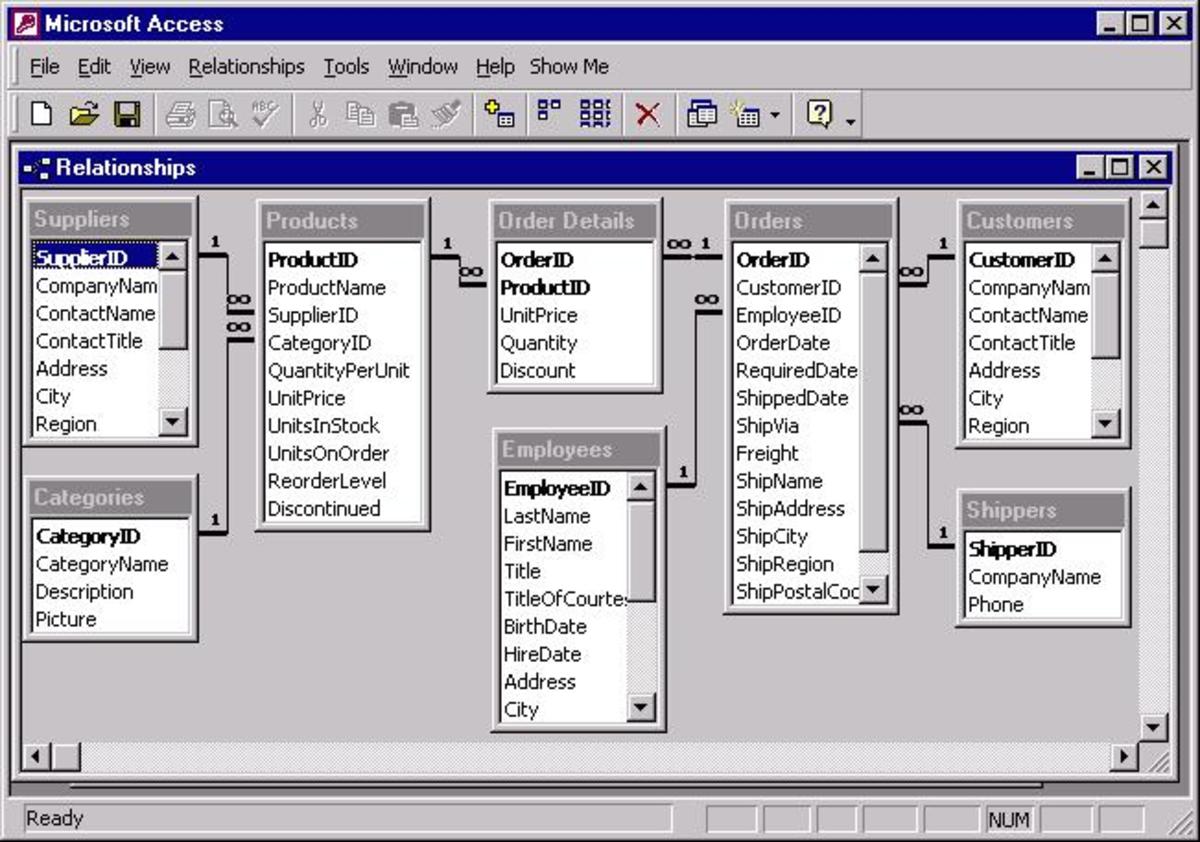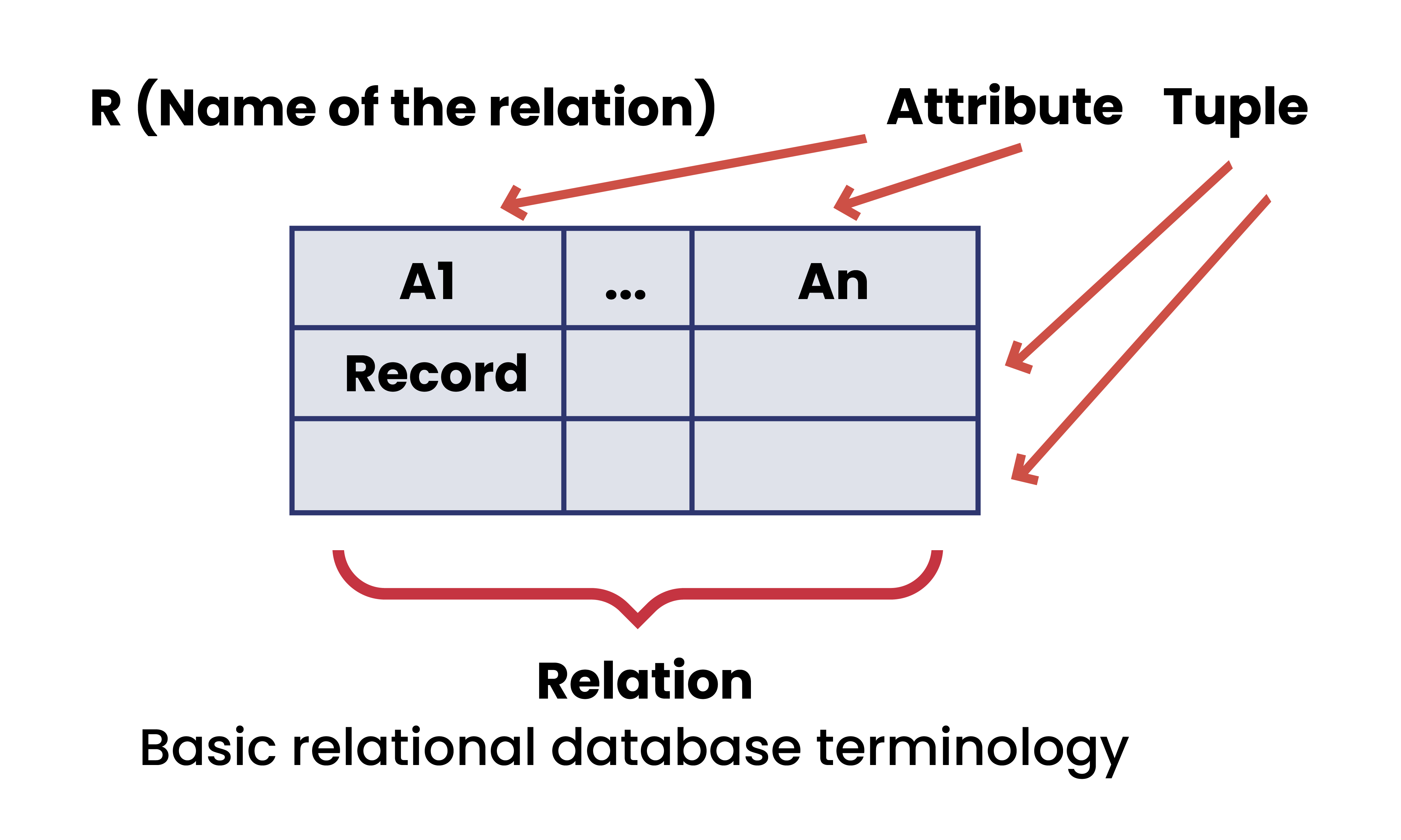Table Of Content

Although relational databases quickly grew in popularity, a few of the relational model’s shortcomings started to become apparent as data became more valuable and businesses began storing more of it. For one thing, it can be difficult to scale a relational database horizontally. Horizontal scaling, or scaling out, is the practice of adding more machines to an existing stack in order to spread out the load and allow for more traffic and faster processing.
Best Database design tools for Forward and Reverse Engineering - Towards Data Science
Best Database design tools for Forward and Reverse Engineering.
Posted: Tue, 29 Sep 2020 07:00:00 GMT [source]
Designing a Relational Database and Creating an Entity Relationship Diagram
It shares some features with MySQL, with the notable addition of MVCC (multi-version concurrency control), making it ACID compliant. Our database might have a table containing customer information, with columns representing customer names or addresses, while each row contains data for one individual customer. On the other hand, NoSQL databases don't need to rely on structure as much, which allows them to store large amounts of data, remain flexible, and easily scale storage and performance. The relationship between the Customers and Orders tables is a one-to-many relationship, which means that one customer can place multiple orders, but each order can only belong to one customer. This is indicated by the line connecting the tables with a 1 on one end and a N on the other end. The materialized view is created by selecting data from one or more base tables in the Master Site and storing them in a new table in the Materialized View Site.

Products and pricing
Complicated data relations also slow down querying and negatively affect performance. PostgreSQL retains a high level of performance and flexibility, even when handling large databases. It's the right choice for users that need high read/write speeds and extensive data analysis. Illinois Tech is a top-tier, nationally ranked, private research university with programs in engineering, computer science, architecture, design, science, business, human sciences, and law.
Types of Creational Patterns
But to use relational databases well, you need to follow some patterns that solve common problems and make your data work better. In this article, we will look at different patterns for relational databases, and explain how they can help you with specific issues and improve your database performance. This conceptual article outlines the history of the relational model, how relational databases organize data, and how they’re used today.

The double lines indicate total participation, which means every entity in the table must participate in the relationship — in our case this means every course must have a teacher. The single lines indicate partial participation, so in our case there may exist some teachers who are not yet or not currently teaching any courses. Here is a slightly longer explanation of this distinction if you would like to read some more. Our next step is to think about which attributes we want to store for each of our entities. This may be spelled out in detail in our requirements document, or it may require more discretion on the part of the database developer.
For example, the section on normalization and how to progress through the different forms/stages is not exactly correct. Specifically, the book gives an incomplete definition of normalization, and the example of 1NF shows the wrong primary key. In addition, the figures in the book link to other unrelated figures when you click them to get a closer look. At this point, we’ve discussed all the major components of database design in DBMS tutorials. It’s crucial to understand that database design isn’t just a one-off process; it’s an ongoing cycle that requires careful planning, implementation, and maintenance. It’s a process that requires patience, practice and a lot of learning-by-doing.
What is a DBMS? Database Management System Definition - TechTarget
What is a DBMS? Database Management System Definition.
Posted: Wed, 27 Apr 2022 12:44:39 GMT [source]
We've sweated the details in designing DrawSQL's visual interface. With very little effort, you'll get beautiful entity-relationship diagrams that stand out. The database modeling process is just simple and intuitive, unlike any other database diagramming tool out there. The image shows how the tables are related to each other with arrows. The arrows indicate that there is a one-to-many relationship between the issue and customfieldvalue tables, and between the customfield and customfieldvalue tables. This means that each record in the issue or customfield table can have multiple records in the customfieldvalue table, but each record in the customfieldvalue table can have only one record in the issue or customfield table.
It also limits the maximum size of the database to 32,000 columns and 140 TB. MariaDB builds upon the MySQL base by adding support for even more storage engines and fixing storage engine limitations. This allows it to perform even faster than MySQL and run both SQL and NoSQL in a single database.
Advantages and Limitations of Relational Databases
The materialized view can then be queried like a regular table, without having to access the base tables every time. The materialized view can also be refreshed periodically or on demand, to reflect the changes in the base tables. Suppose we have a table called vehicles that stores information about cars, trucks, and motorcycles. We can use STI to store all the vehicles in one table, with a column called type that specifies the subclass of each vehicle.
When a new row is written to the table, a new unique value for the primary key is generated; this is the key that the system uses primarily for accessing the table. Other, more natural keys may also be identified and defined as alternate keys (AK). Often several columns are needed to form an AK (this is one reason why a single integer column is usually made the PK). Both PKs and AKs have the ability to uniquely identify a row within a table. Additional technology may be applied to ensure a unique ID across the world, a globally unique identifier, when there are broader system requirements. Today, autonomous technology is building upon the strengths of the relational model, cloud database technology, and machine learning to deliver a new type of relational database.
These trends are shaping how we approach data modeling and storage, and will continue to influence the field in the years to come. In our case we can say that a teacher teaches a course, or — going the other way — a course is taught by a teacher. It makes sense to think of this relation as based on the verb ‘teaches’. Notice that the ‘teacher’ field in our diagram is now coloured green, to remind us that this attribute is a foreign key, which references the teacher_id attribute in the teacher entity. We repeat the process for each entity, thinking about what information is relevant. During this process we will often discover that what we thought of as an attribute might be better represented as its own table, or we might notice that the same information is being stored reduntantly on two tables.

No comments:
Post a Comment